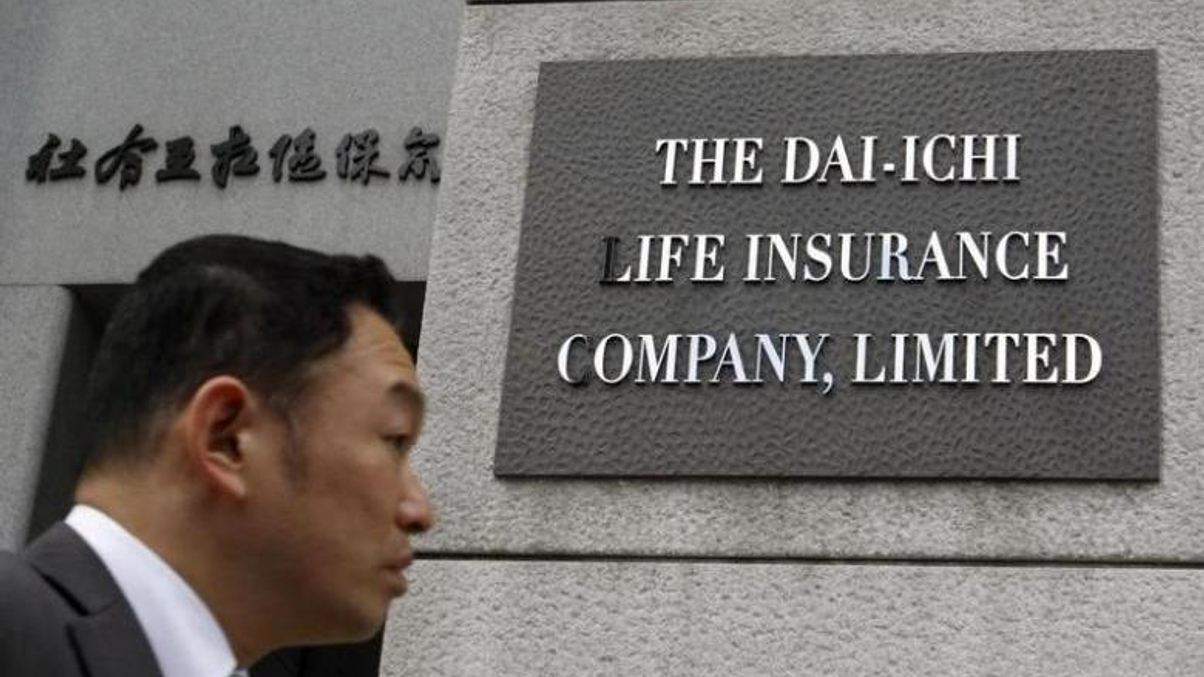Why Dai-ichi Life is paring equities and adding bonds
While most big Japanese insurers are maintaining their allocation to domestic stocks, Dai-ichi Life has said that it will slash its interest rate and equity risk by 20% by March 2024.

Going against a trend among its peers, Dai-ichi Life is looking to reduce interest rate and equity risk in its portfolio as the large listed Japanese insurer is in an effort to strengthen its capital position. It is set to rely more on alternative investment exposure to generate yield.
Sign In to Your Account
Access Exclusive AsianInvestor Content!
Please sign in to your subscription to unlock full access to our premium AI resources.
Free Registration & 7-Day Trial
Register now to enjoy a 7-day free trial—no registration fees required. Click the link to get started.
Note: This free trial is a one-time offer.
¬ Haymarket Media Limited. All rights reserved.


